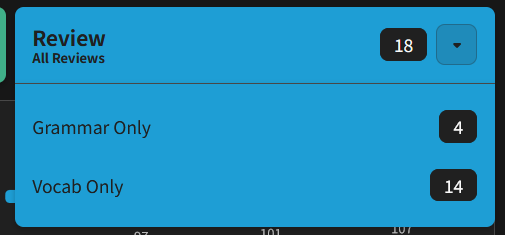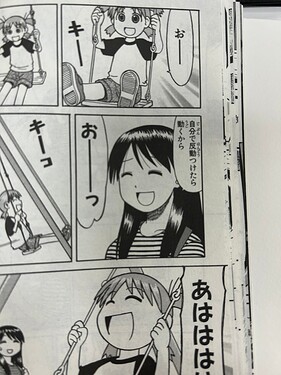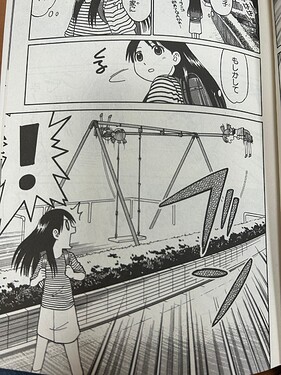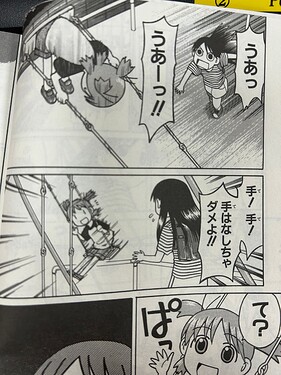I’m unsure if this is what you want, but you can click the drop down arrow beside Review to individually review vocab and grammar:

In addition the bars for both your forecast and activity use two distinct colours for vocab vs grammar to distinguish the two.
Also I’ve finished my daily 5. See y’all tomorrow.








